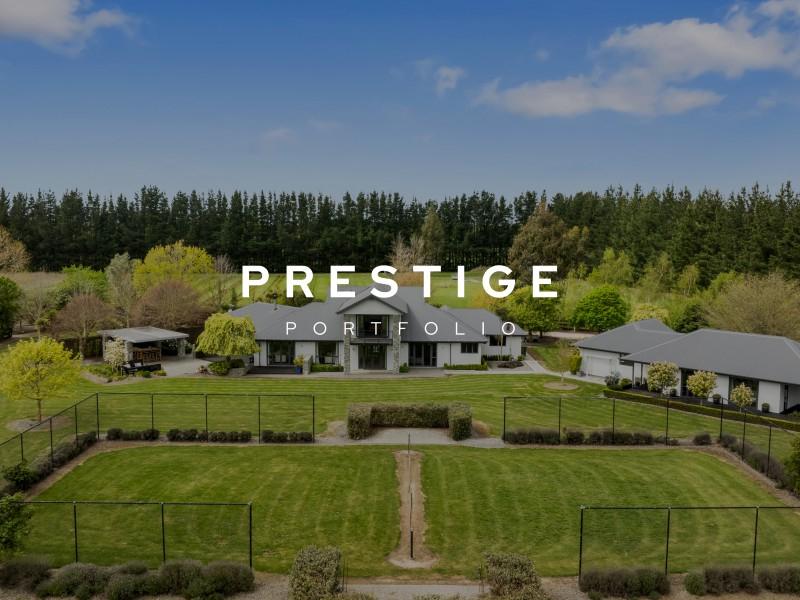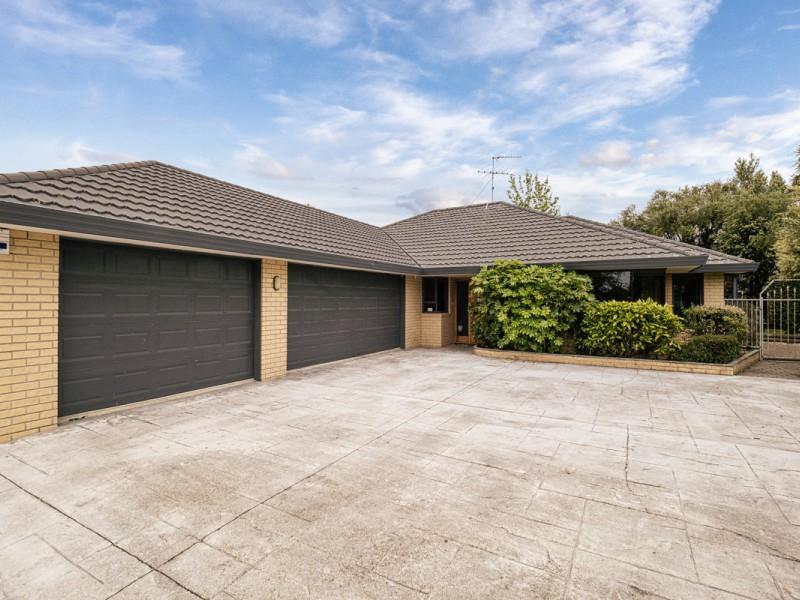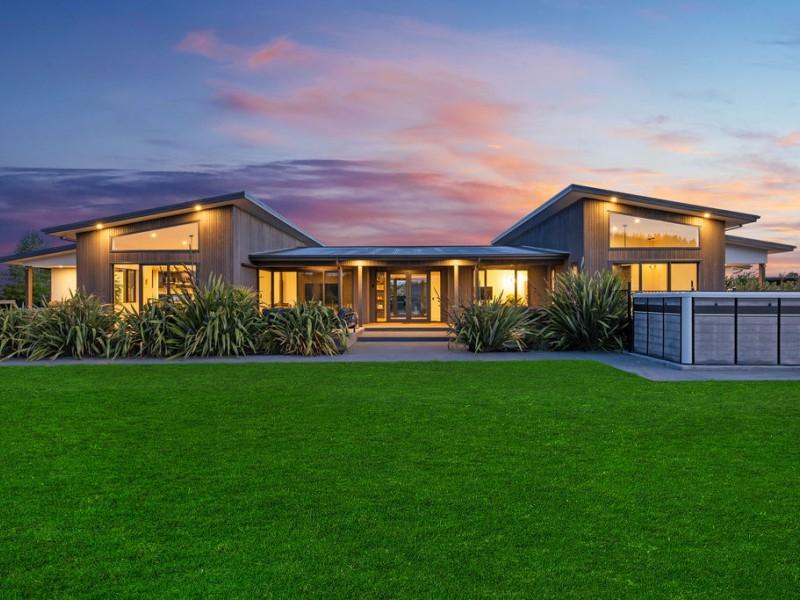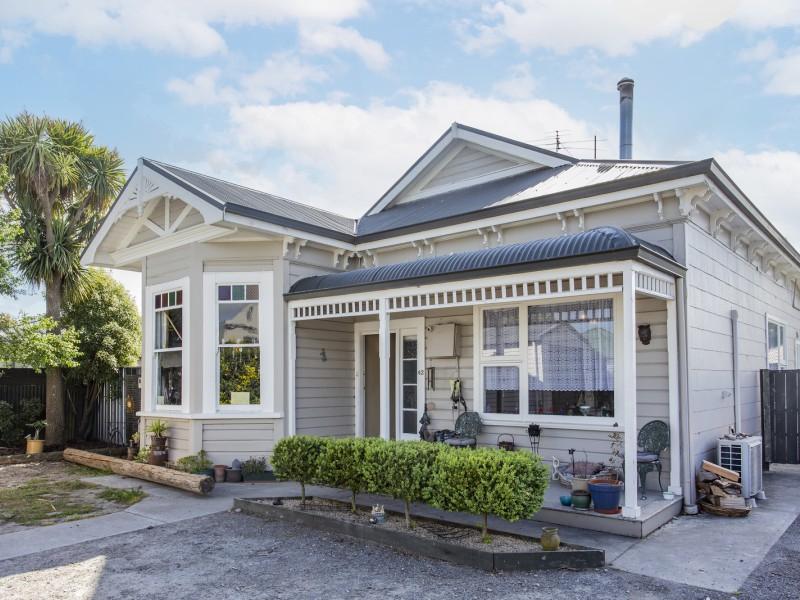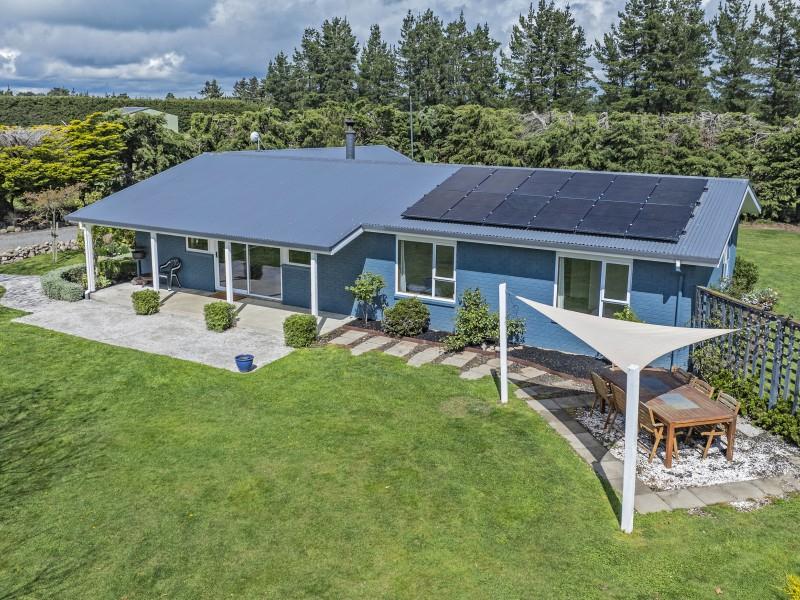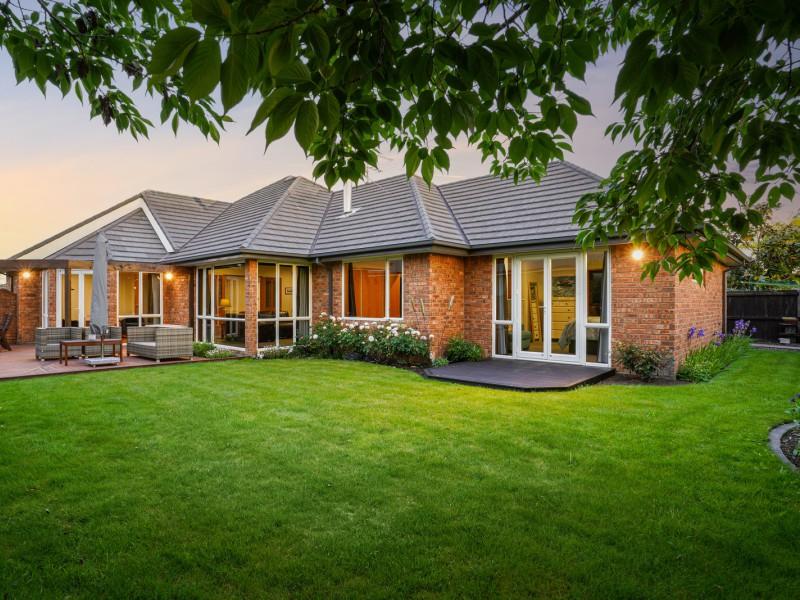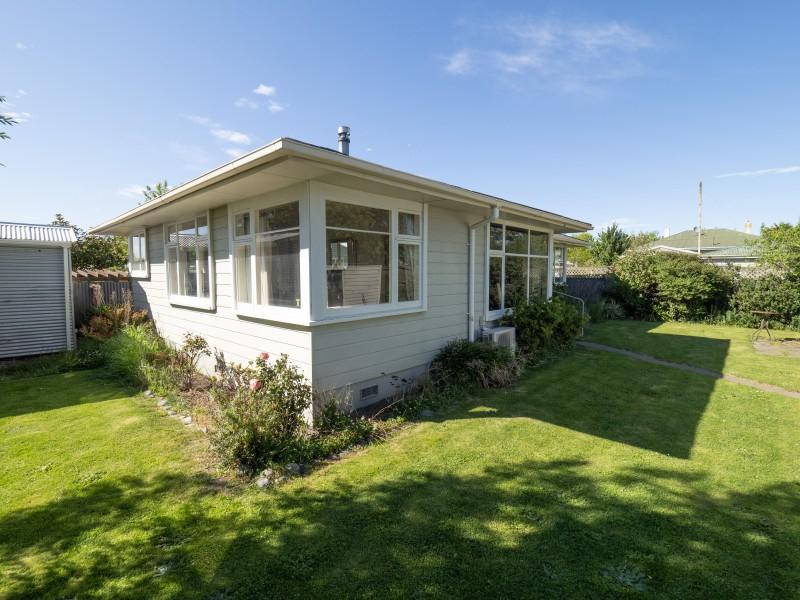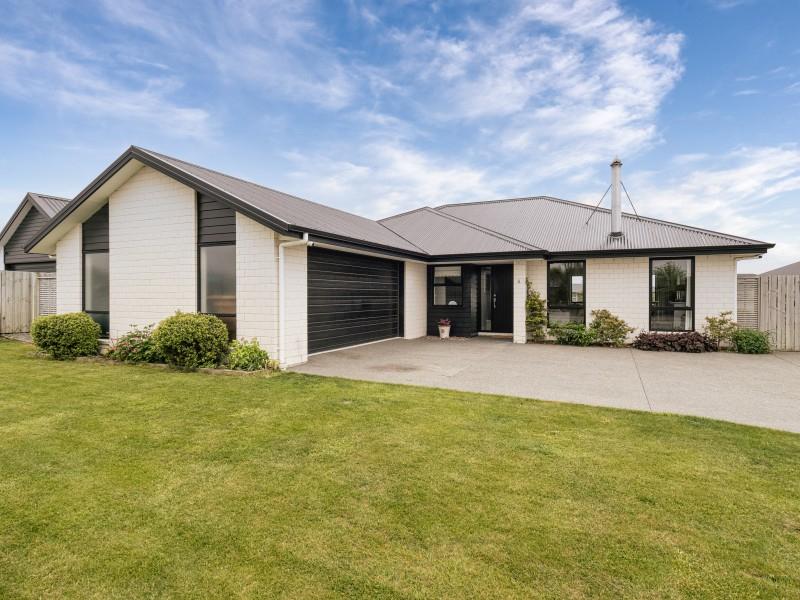New history curriculum brings benefits
By David Hill, Local Democracy Reporter
Rangiora High School is leading the way in adopting the new history curriculum.
The Aotearoa New Zealand history curriculum was introduced in term one this year, but Rangiora High School began implementing some of the new curriculum last year in collaboration with its partner Pūketeraki Kahui Ako (community of learning) schools.
"It was launched as a document last year and we started working around it late last year, and we have implemented more of it this year," social sciences leader of learning Rebecca Sweney-McKee said.
"We were the first off the rack for years 1 to 10 and we are leading the way."
Schools have until 2026 to fully embed the new curriculum, which is integrated into social studies for years 1 to 10, while the NCEA Level 1, 2 and 3 history curriculum has also been refreshed.
Sweney-McKee said the benefit of working collaboratively across the Kahui Ako meant there was some consistency in learning across the schools.
The Pūketeraki Kahui Ako schools were now teaching the background to the signing of Te Tiriti o Waitangi in years 7 and 8, meaning the focus at high school could move on to "what happened next".
She said the new Aotearoa New Zealand history curriculum was not all about Māori history.
"But Māori history is given more of a focus and an equal status."
Rangiora High School’s year 9 and 10 students were learning about topics such as the New Zealand Land Wars, the Waitangi Tribunal, Bastion Point, the Dawn Raids, the 1981 Springbok tour, the nuclear free movement and the recent Ihumātao land settlement.
"And in a few years time we might be looking at things like Covid."
While it was mostly New Zealand history, there was plenty of scope for some international context.
"The year 10s have been doing social action for human rights looking at Rosa Parks and the bus boycotts alongside Bastion Point.
"And you can’t look at the Springbok tour without the context of what was happening in South Africa."
With the focus on climate change, the year 9s were learning about social action for the environment, looking at degradation in general and from a Māori kaitiakitanga perspective.
Sweney-McKee said the school was rebuilding its social science curriculum, with good support for its NCEA history classes.
"It is becoming more relevant and for people considering law degrees, it is going to set students up with a really good foundational understanding of our history and the development of human rights.
"If you can understand how people form their views and why they have them, you can function better in society."

It’s Riddle Time – You Might Need an Extra Cup of Coffee!
Nobody has ever walked this way. Which way is it?
Do you think you know the answer to our daily riddle? Don't spoil it for your neighbours! Simply 'Like' this post and we'll post the answer in the comments below at 2pm.
Want to stop seeing riddles in your newsfeed?
Head here and hover on the Following button on the top right of the page (and it will show Unfollow) and then click it. If it is giving you the option to Follow, then you've successfully unfollowed the Riddles page.

Poll: Do you think NZ should ban social media for youth?
The Australian Prime Minister has expressed plans to ban social media use for children.
This would make it illegal for under 16-year-olds to have accounts on platforms including TikTok, Instagram, Facebook and X.
Social media platforms would be tasked with ensuring children have no access (under-age children and their parents wouldn’t be penalised for breaching the age limit)
.
Do you think NZ should follow suit? Vote in our poll and share your thoughts below.

-
84.6% Yes
-
14% No
-
1.4% Other - I'll share below
Heritage gem or dangerous burden? Bowling club’s dilemma with historic pavilion
By David Hill, Local Democracy Reporter
A Rangiora sports club is frustrated with the increasing maintenance and insurance costs of its 113-year-old pavilion, which can't be demolished due to its historic importance.
The Rangiora Bowling Club approached the Waimakariri District Council last year for help, but was yet to find a satisfactory solution for the pavilion.
It is registered with Heritage New Zealand and listed in the Waimakariri District Plan, leaving the club with few options.
The club’s ex-president Norman Hewett said the pavilion on Good St, north of the town centre, is unsafe and no longer fit for purpose.
Hewett said the council has been supportive and Heritage New Zealand has offered advice, but no funding.
‘‘Everybody thinks the building is worth preserving, but there is a cost and it shouldn’t be put on the bowling club.
‘‘As far as we are concerned it is not fit for purpose and we want to know how we can get round that.
‘‘We want to know what the community thinks and if they want to retain it, are they willing to pay for it?’’
The club has formed a sub-committee to explore what options are available.
Sub-committee member Rodger Wilton said the club has been unable to find any record that the club had a say when the building was given heritage status.
Built in 1911, the pavilion served the Rangiora Bowling, Tennis and Croquet Club, which originally shared the site.
It cost 945 pounds and was opened on October 28, 1911.
The three clubs purchased 1.25 acres on the corner of Blackett and Good streets in April 1905, but later parted company, with tennis and croquet moving to new sites.
While no quotes have been sought, Hewett believed it would cost more than $1 million to bring the pavilion up to code.
Ideally the club would like to demolish the pavilion so it can upgrade its main building and remain on site.
The stairwell was non-compliant and there was no wheelchair access, meaning the club was unable to use the upstairs facilities.
There are loose tiles on the roof which need replacing.
An attached building behind the pavilion is sufficient to meet the needs of the 140 members and for hosting the largest bowls tournament in North Canterbury, Hewett said.
He said the club is open to all options, including a land swap or selling to a developer with the expertise to restore the pavilion.
Waimakariri District Council community and recreation manager Chris Brown said the council is working through various opportunities with the bowling club as part of a feasibility study.
‘‘There are a lot of options to consider. Each have various financial, social and operational implications.’’
Heritage New Zealand Pouhere Taonga said it had ‘‘expressed support for the adaptive reuse of the building and supported the club’s intention to investigate options for the pavilion and the associated land parcel’’.
The Rangiora Bowling Club is keen to hear the views of the community. Email rangiorabowling@gmail.com.
■ LDR is local body journalism co-funded by RNZ and NZ On Air.
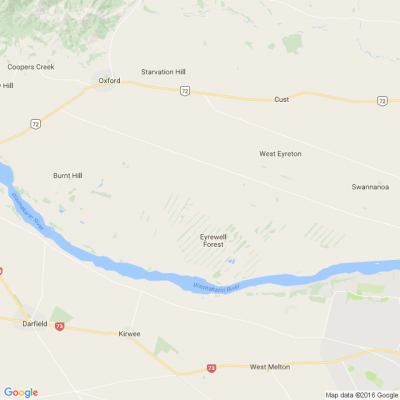
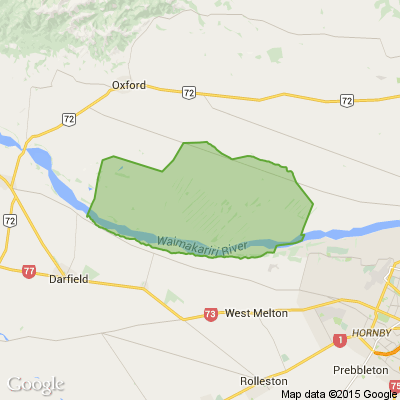







 Loading…
Loading…



